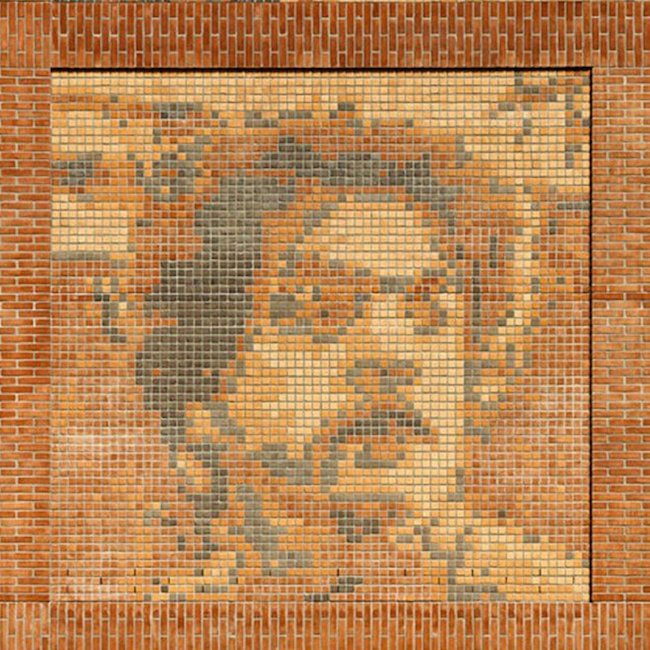baukah’s “House of Memory” in Milan, Italy, isn’t a typical home. The designers say the exhibition and conference space is a sanctuary for the collective memories of the city with regard to freedom and democracy. The building is the headquarters of the National Association of Former Deportees, the National Association of Italian Partisans, the National Association of Terrorism’s Victims, the Association Piazza Fontana 12 December 1969 and the National Institute of Studies on the Italian Resistance Movement. It was completed this year.


From the architects:
“The House of Memory is ahouse, a collective house in which Milanese citizens hope to find protection for the memories they want to preserve. Nobody inhabits this house, and in this case the word house is understood as an envelope, a protected space, or a shelter that crystallizes memory within the flow of the metropolis. The word “house” – which is far too familiar – paradoxically emphasizes the monumentality of the building, turning it into an archetype or a symbol. The House of Memory is a house, and therefore a monument. In this context, the house becomes an object to be both protected and exhibited, a treasury to be surrounded with an envelope that both defends and exposes its content.”


The idea of “monument” is expressed, in one way, on the facade of the building. The designers used polychrome brick to create portraits of nameless Milan residents. These portraits appear most solid at a distance, but become more abstract the closer one gets to the building, the deeper one tries to observe them. The builders state:
“The shell of the new building is understood as a contemporary polyptych: this collection of images tries to suggest with great immediacy both the complexity and the ideal unity of Milan’s collective memory. The decorated façade, more than defining a shared memory, exposes the need for such sharing. For this reason the images collected on the envelope of the House of Memory are at the same time explicitly monumental and deliberately fragile. In fact, given their construction, the images appear more clearly from afar and then they lose clarity by coming closer. They dissolve into a sort of floating dust,as if they would finally be unsure about the very same truth that they so proudly accepted to expose.”
Any thoughts about this post? Share yours in the comment box below.



Photographs by Stefano Graziani and Giulio Boem.

Add your valued opinion to this post.